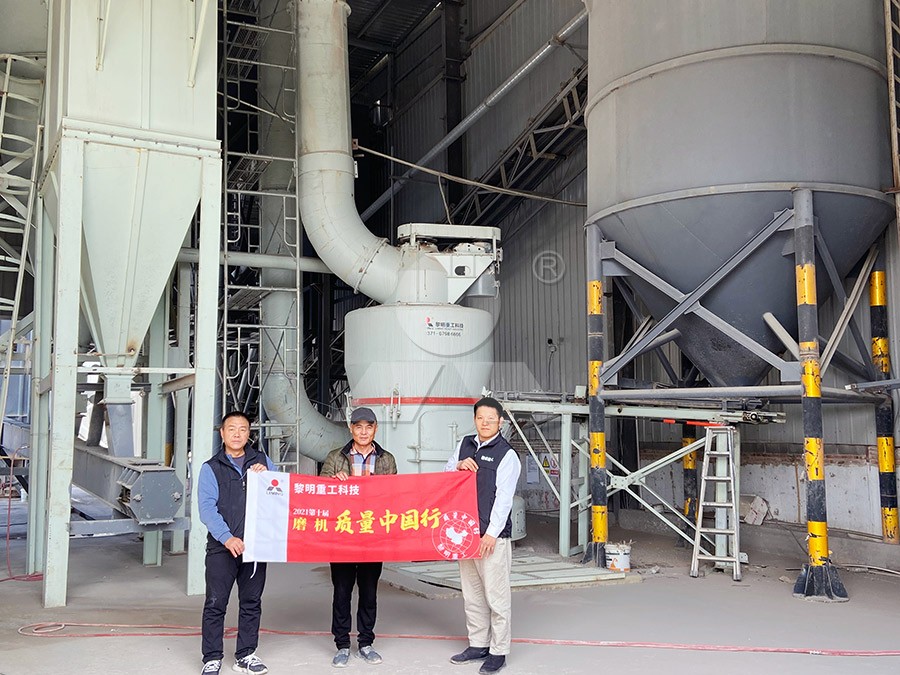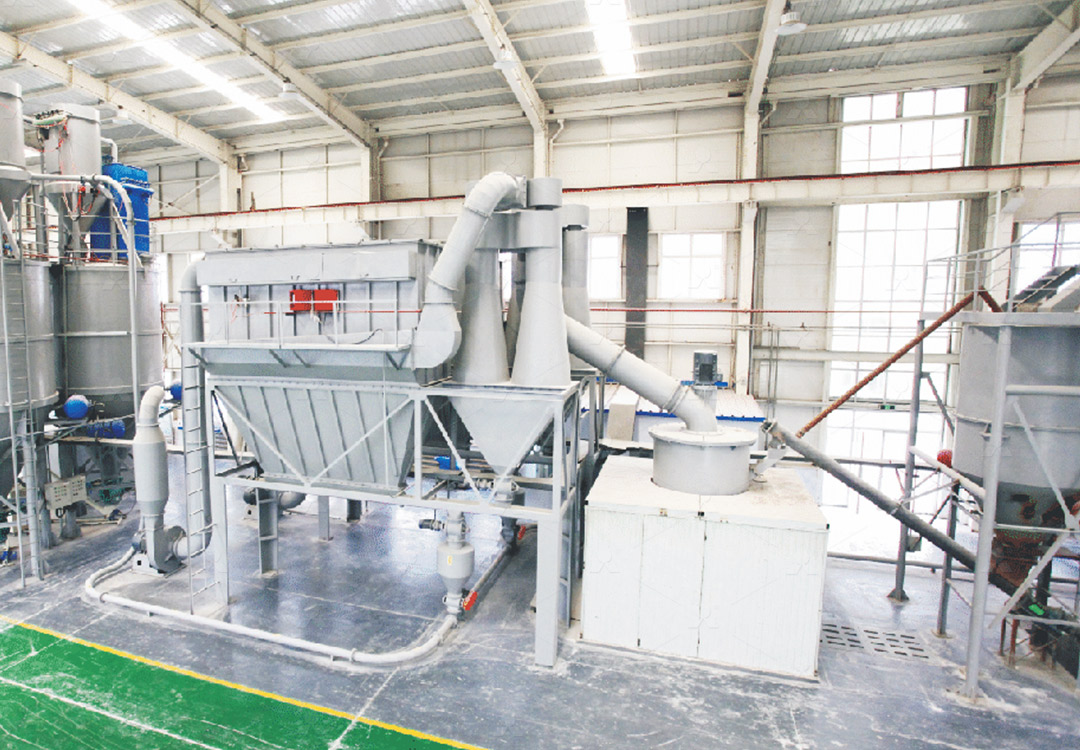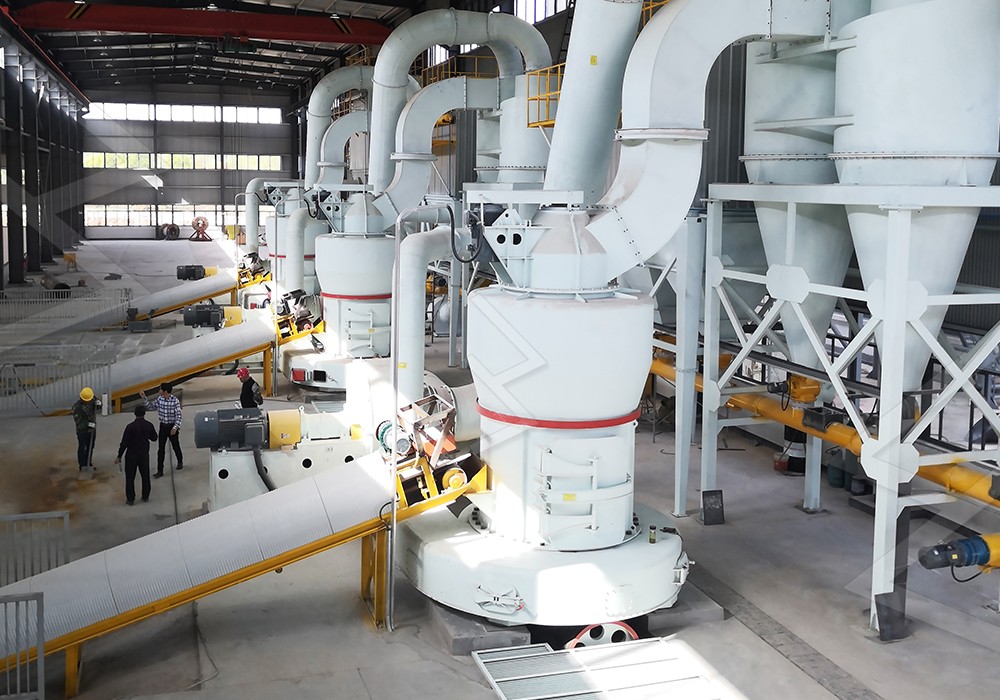How Much Does a Used Raymond Mill Cost?
How Much Does a Used Raymond Mill Cost?
As an industrial equipment specialist with over 15 years of experience, I’ve fielded this question countless times from clients looking to optimize their grinding operations. The truth is, there’s no single answer – the price of a used Raymond mill varies dramatically based on several critical factors. Let me walk you through what really determines the cost and help you make an informed decision.

Key Factors That Determine Used Raymond Mill Pricing
When evaluating used Raymond mill prices, you need to consider these essential elements:
Age and Operating Hours
Like any industrial equipment, mills depreciate based on usage. A 5-year-old mill with minimal hours might cost significantly more than a 3-year-old unit that’s been running 24/7. Always ask for maintenance logs and hour meters readings – these documents tell the real story behind the machine’s condition.
Technical Specifications and Capacity
Raymond mills come in various sizes and configurations. Larger capacity models (3-5 tph range) naturally command higher prices, but the specific grinding requirements matter too. Some specialized versions for particular materials may be priced differently due to their unique components.
Condition of Grinding Components
The grinding rollers and rings experience the most wear. Replacing these components can cost thousands, so thoroughly inspect their condition. Ask when they were last replaced and what percentage of life remains. A mill with recently installed grinding elements might justify a higher price point.
Manufacturer and Model Reputation
Older LIMING Raymond mills maintain their value surprisingly well due to the company’s reputation for durability and available spare parts. Newer models with advanced features may depreciate faster initially but offer better long-term value.
Beyond Raymond: Modern Alternatives Worth Considering
While you’re researching used Raymond mills, don’t overlook newer technologies that might offer better value. The grinding industry has evolved significantly, and sometimes a different type of mill can provide superior performance for similar investment.
For operations requiring ultra-fine powders, our MW Ultrafine Grinding Mill represents a technological leap forward. With an input size of 0-20 mm and capacity ranging from 0.5-25 tph, it’s designed for customers who need to make ultra-fine powder efficiently. The integrated pulse dust collector and muffler system addresses environmental concerns while maintaining productivity.

The Hidden Costs of Used Equipment
Many buyers focus solely on the purchase price while overlooking significant additional expenses:
- Transportation and Installation: Moving heavy industrial equipment requires specialized logistics
- Replacement Parts: Even well-maintained mills may need immediate component replacements
- Downtime During Commissioning: The transition period where production may be interrupted
- Potential Upgrades: Older mills might need modern safety or control systems added
Making the Right Choice for Your Operation
Before committing to a used Raymond mill, honestly assess your current and future needs. Consider production volumes, material characteristics, and your technical team’s capabilities. Sometimes, investing in newer technology like our MW series provides better long-term value through higher efficiency, lower operating costs, and reduced environmental impact.
The MW Ultrafine Grinding Mill particularly shines in applications requiring precise fineness control between 325-2500 meshes. Its innovative design eliminates rolling bearings and screws in the grinding chamber, addressing common failure points in older equipment. For operations processing limestone, calcite, dolomite, or similar materials, this could mean significantly reduced maintenance costs and improved reliability.

Frequently Asked Questions
What’s the typical price range for a used Raymond mill?
Prices can range from $15,000 for older, basic models to over $80,000 for recently manufactured units with advanced features and low operating hours. The condition and specific configuration dramatically influence the final cost.
How do I verify the condition of a used mill before purchase?
Request maintenance records, operating hour logs, and recent inspection reports. If possible, have a qualified technician inspect the grinding components, motor, and control systems. Testing with your actual material provides the most accurate assessment.
Are spare parts readily available for older Raymond mill models?
Most grinding components remain available, but some electronic controls or specialized parts for discontinued models may require longer lead times or custom fabrication.
When does it make more sense to buy new rather than used?
Consider new equipment when: you require specific modern features, your operation cannot tolerate unexpected downtime, you need higher energy efficiency, or when the total cost of ownership (including maintenance and potential upgrades) makes new equipment more economical.
What advantages do newer grinding technologies offer over traditional Raymond mills?
Modern mills like our MW Ultrafine Grinding Mill typically offer 30-50% energy savings, higher production capacity, better environmental controls, advanced automation, and more precise particle size distribution. The improved efficiency often justifies the higher initial investment through reduced operating costs.
